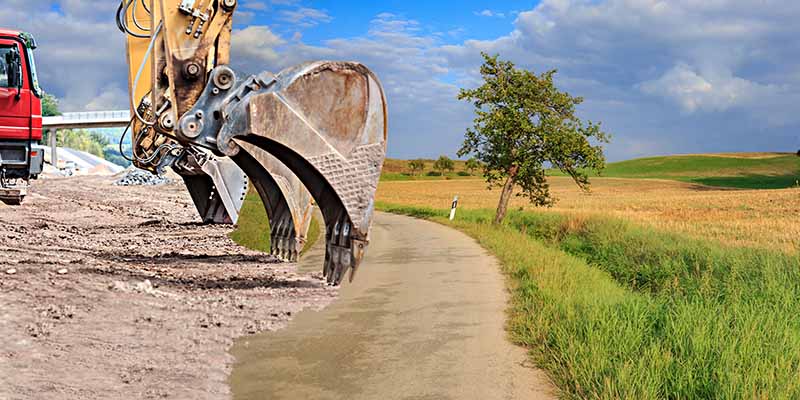Latest East Coast Trends in Brownfield Redevelopment

Recently, Randy Copenhaver of our technical support team, had the opportunity to attend the Brownfield Coalition of the Northeast’s (BCONE) Sustainable Communities Workshop, where experts gathered to discuss new approaches and strategies in brownfields redevelopment throughout New Jersey, Delaware, Pennsylvania and Maryland.
Redevelopment Trends
The workshop opened with a discussion on the latest redevelopment trends. Developers are seeing a large demand for urban infill properties, which are commonly brownfields, for last-mile warehousing, big-box retail and residential uses. As a result, property values are rising significantly. Buyers have adopted a decreased aversion to environmental risk, resulting in companies with large portfolios of contaminated properties actively trying to sell their properties.
In addition, coastal redevelopment has progressed with no significant resistance, save for requirements to elevate and armor against flood risk. Due to a lack of supply for basic construction materials, prices are rising amid uncertainty as to when supply will return to normal levels, complicating logistical processes.
Industry Trends
Environmental justice continues to be a hot topic, particularly in New Jersey, which has served as a model for other states' environmental justice policies. New Jersey has developed an environmental justice mapping tool of Overburdened Communities (OBC), downloadable community maps and other environmental justice datasets which are available to the public. In New Jersey, environmental justice considerations may impact construction or discharge permit applications or renewals, particularly Title V air permits.
Regulatory Updates and New Tools
Next, the conversation turned to regulatory updates. Maryland is developing a new brownfields project mapping tool to search for current sites and download digital documents. In current state, only sites in the Land Restoration Program can be searched. The Land Restoration Program focuses on cleaning up uncontrolled hazardous waste sites throughout Maryland.
In addition, many states are requiring sampling of imported soil and fill for PFAS, most notably in New York, and many projects have or plan to import fill with detectable PFAS. However, many projects lack PFAS soil standards and a good understanding of soil-to-groundwater risk, which leads to a lot of uncertainty for soil recyclers and fill providers. This could ultimately signal a high risk for future claims related to PFAS-impacted "clean" fill imported during site development.
As a key takeaway, PFAS assessments need to go beyond a site boundary to understand background conditions and assess potential air and surface water discharges. A reliance on groundwater data could prove insufficient.
We are proud to sponsor such an educational workshop that provides industry insights to all environmental professionals.
Interested in having one of our subject matter experts speak at your next conference? Contact our team to set up some time to discuss our areas of expertise!